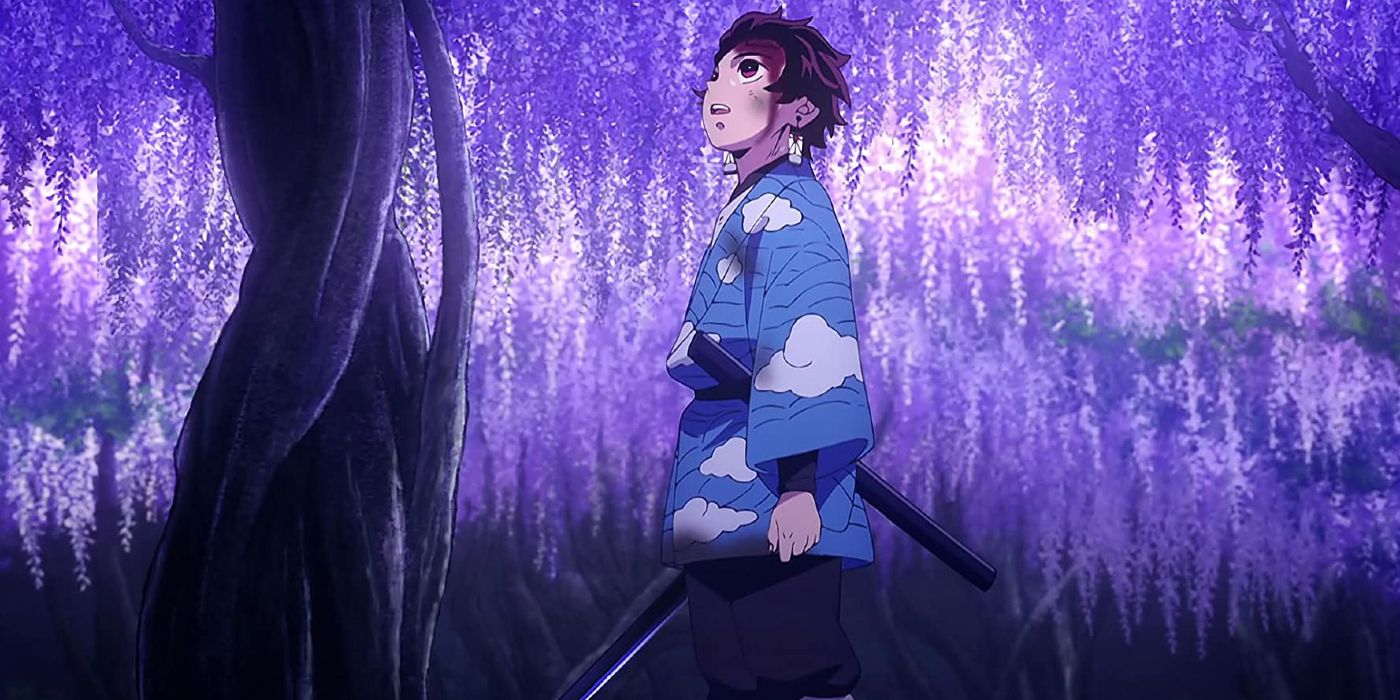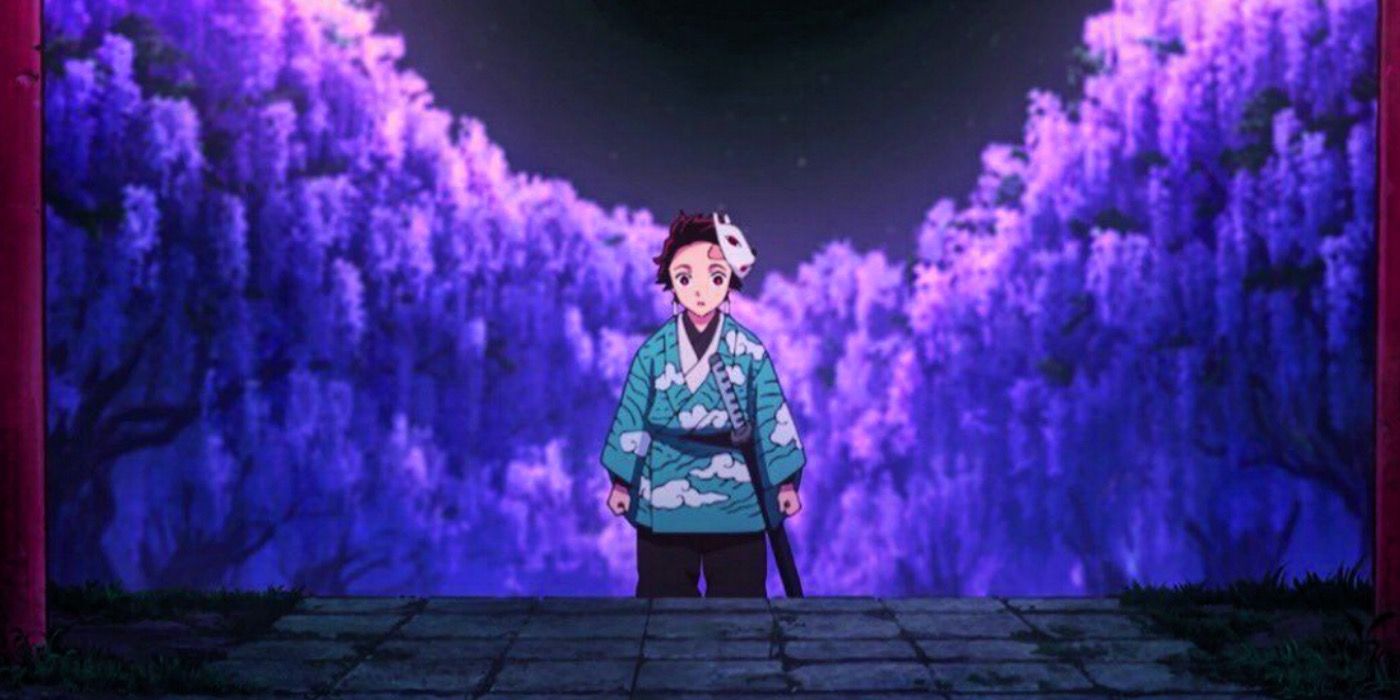Demon Slayer the Movie: Mugen Train
Whether it ’s from the manga , the anime , or simply hear about the buzz popularity ofDemon Slayer , chances are you ’ve caught a coup d’oeil of the story ’s famous purple prime . These graphic Wisterias toy a polar character in the plot of ground as a safeguard to the sword - wielding heroes . But the Japanese Wisteria blossom also contains a ample , material - life story that enliven itsDemon Slayerorigins .
Demon Slayerfollows supporter Tanjiro Kamado as he trains to engagement and get the better of local fiend . His journeying is spur by the event of 2016’sKimetsu no Yaiba : Zankoku , in which Tanjiro refund home from marketplace to happen his family has been slain by a demon . His only life relation , his sister , has been turn into a demon and he vow to save her to restore his continue category . Through his rigorous journey , Tanjiro learns thatthe Demon Slayer Corpseutilizes Wisteria flowers as both offensive and justificative maneuver against their eternal demonic enemies . It also appear as a summit as a mean value of a visual motif throughout the manga and Zanzibar copal .
Related : Demon Slayer Future Updates : Upcoming Kimetsu no Yaiba Manga & Anime

The Demon Slayer Corps - a orphic operative group - consists of highly skilled swordsmen trained in the artistic production of killing demons . Within the Corpse are several tower , each specialize in a breathing technique that propose to blow up a fighter ’s power . In monastic order for trainees to graduate into high ranks of the corps , they must pass the final selection . This demand live seven days on a fiend - filled mountain that echoes real - life Mt. Fuji . Real Japanese Wisteria flowers do bloom on Mt. Fuji and serve as a verbatim inspiration toDemon Slayer’smanga and anime depiction of the iconic bloom tunnels . Both the manga and gum anime have Tanjiro go far to complete his test , in a breathtaking environment of a cherry-red gate and glowing Wisteria bloom at the base of Mt. Fujikasane . He find out that the flush repel demons and that he ’ll have to face - off against them on the mountain ’s flower - less neighborhood . He also teach , through the insect pillar of the Demon Corps , that while the Wisteria flower itself ca n’t drink down a fiend , the poison from the blossom ’s seeds can . This is also inspire by real - humans Wisterias ; they take toxin in the petals and poison in the seed .
Culturally , Wisterias are used in Japanese Kabuki theatre for the ' Wisteria Maiden ' dance . It serves as a symbolization of sexual love , one , and regret . Because they acquire on Mt. Fuji they also serve as a symbol of nobility due to their purple , regal hue and mellow ALT . These real - life inspirations directly tie intoDemon Slayer’sWisteria lore . As a thanks to the Demon Slayer Corps for saving them , the Fuji syndicate adopts a crest that revolve around the Kanji for ' Fuji ' inside of a round - arching Wisteria branch .
The Corps now know they ’ll always have allies and a safe - harbor under the Wisteria symbol . The toxin and poisonous substance of the bloom allow for both single and protective covering for humanity against their fiend assailants . Shinobu Kocho of the insect pillar is a character who makes the most of this flush , even going so far as to mix its poison into her physiology as a means of powering - up for her next battle . This do her scratches and line mortal to demon . She even figures out how to concoct a mend medicament from the venomous Wisteria peak , reversing the affects of human being - wrench - demon . There ’s little this versatile flower ca n’t do .

More : UNIQLO Announces Wave Two of Demon Slayer Clothing Line


